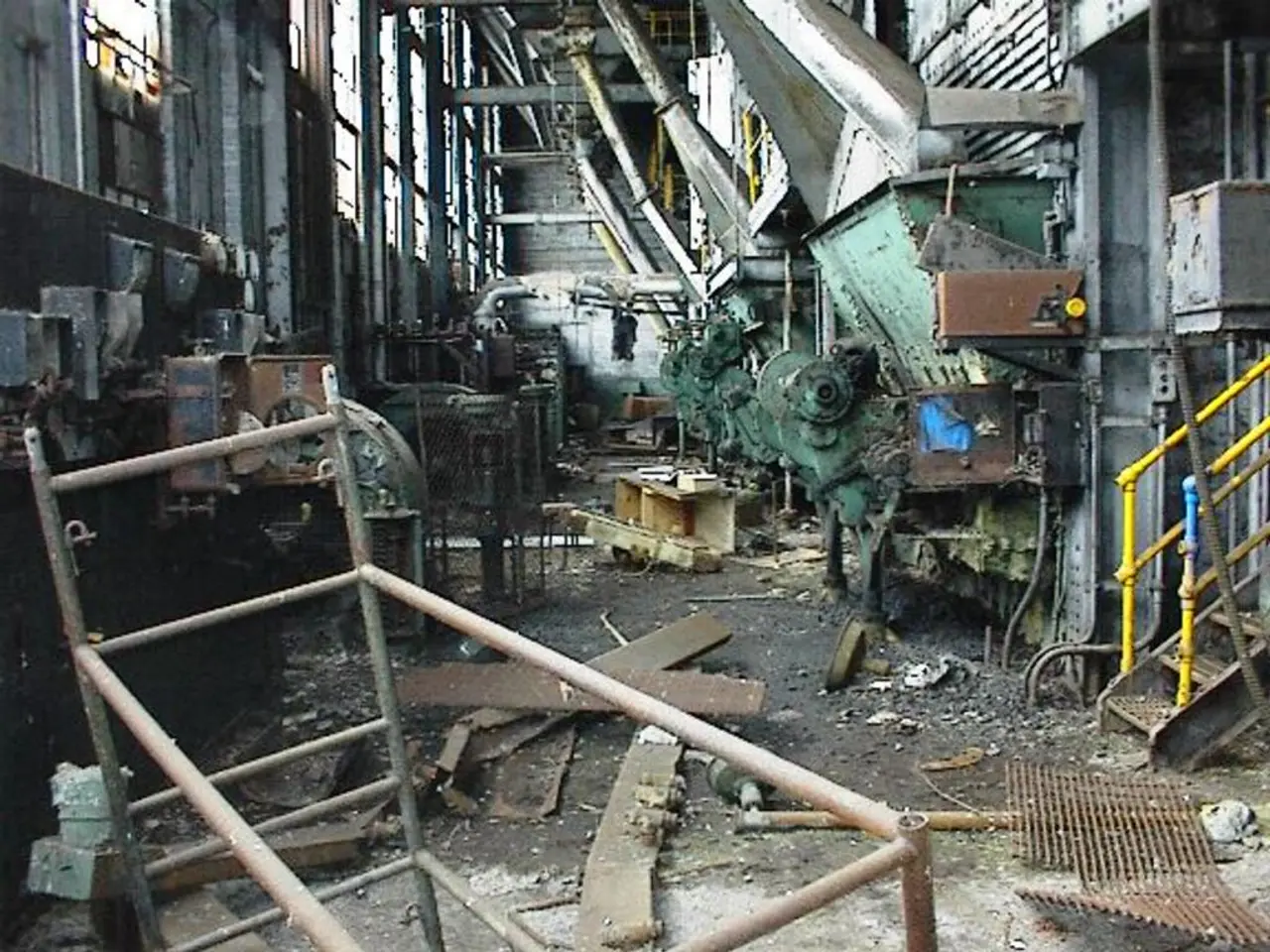Instructions for Maintaining and Fixing Forklifts to Extend Their Lifespan
Maintaining forklift machinery in good working order is crucial for any business that relies on these vehicles for productivity. Neglecting maintenance can lead to mechanical failures, expensive repairs, and workplace accidents. Here are the best practices for ensuring the longevity of forklift machinery.
1. Establish a Maintenance Schedule
Conducting daily pre-operation inspections is essential. Check for visible damage, fluid levels, horn, lights, brakes, tires, and seatbelts to identify any immediate issues. Follow weekly and monthly maintenance tasks as recommended by the manufacturer, including detailed hydraulic system service like fluid replacement and filter changes approximately every 1,000 hours, and engine maintenance for internal combustion forklifts. Adhering to OSHA-compliant maintenance schedules combining daily, weekly, and monthly checks prevents unexpected failures and ensures compliance with safety standards.
2. Regular Cleaning
Regular cleaning is vital to remove dust, dirt, grime, and residues that can cause wear or mask leaks and damage. Cleaning should include wiping off excess lubricant to prevent contamination and checking for rust or corrosion.
3. Proper Lubrication
Lubricate all moving parts such as gears, chains, and bearings with the correct type of lubricant as specified by the forklift’s manual. Regular lubrication prevents friction damage and reduces the risk of costly repairs.
4. Fluid Level Monitoring
Regularly check hydraulic fluid and engine oil levels. Replace hydraulic fluids every 1,000 hours with the specified ISO grade and monitor for contamination through fluid analysis programs if possible. Inspect coolant concentration and radiator pressure in combustion forklifts. Look for leaks and replace worn hoses or seals promptly to avoid hydraulic system failures.
5. Battery Maintenance (for electric forklifts)
Maintain batteries through regular cleaning of terminals, equalizing charges, and monitoring performance to extend battery life and maintain power delivery. Replace batteries showing capacity loss or failure to hold charge.
6. Tire Maintenance
Inspect tires regularly for wear, damage, and proper inflation as worn or faulty tires can compromise safety and machine efficiency.
7. Prompt Repairs
Address any detected wear, damage, leaks, or malfunction as soon as possible. Ignoring small problems can lead to more severe mechanical failures and safety risks.
By implementing these best practices, the forklift operates efficiently and safely, minimizes downtime, and extends its usable lifespan while complying with safety regulations. Hydraulic system leaks require immediate attention and are easily detected by fluid puddles on the floor or a reduction in lifting capacity. Periodically inspect and replace the tires to ensure the machine is safe and stable.
- To maintain forklift machinery's optimal condition, it's important to establish a maintenance schedule that includes daily, weekly, and monthly checks, lubrication of moving parts, fluid level monitoring, and regular cleaning, ensuring compliance with safety standards and reducing instances of unexpected machinery failures.
- In the industry of manufacturing, regular finance monitoring is crucial to replace hydraulic fluids, engine oil, worn hoses or seals, and batteries when necessary, helping to prevent costly repairs, mechanical failures, and workplace accidents.




